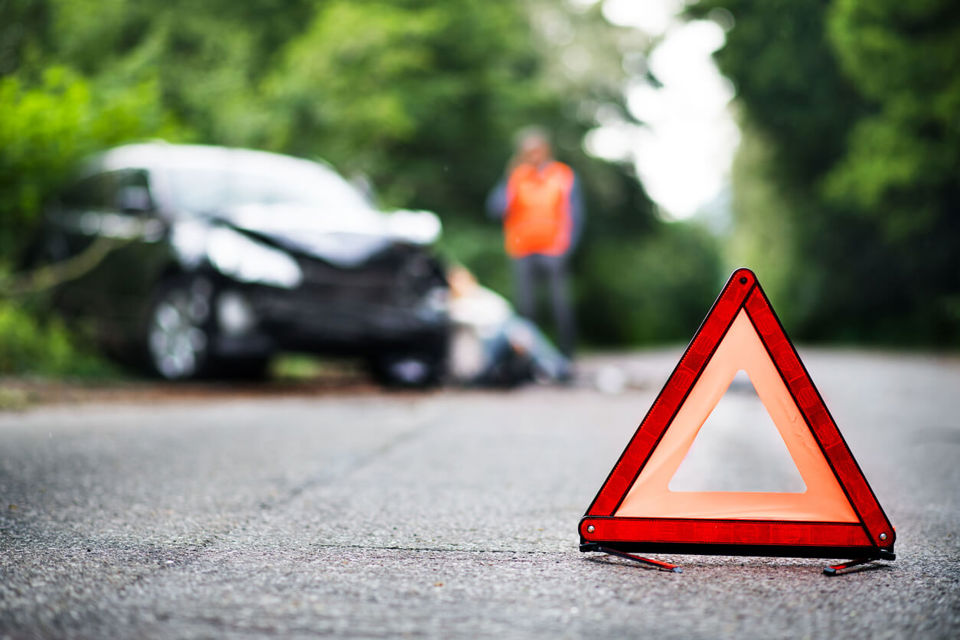Fleet operators seeking to reduce their accident rate, improve fuel consumption and minimise wear and tear on company vehicles should focus on improving their drivers’ hazard perception skills.
According to Graham Hurdle, managing director at E-Training World, this skill is frequently lacking in many fleet drivers, but can be the solution to many of these problems.
“Hazard perception is all about spotting clues to potential hazards,” explained Graham. “Simple examples are wheelie bins at the side of the road indicating that a dustbin lorry could be round the next corner, horse manure on the road which points towards riders ahead, and children walking in school uniform denoting that a school is not far away.
“These are all vital indications to an alert driver to temper their driving accordingly, preventing ‘hazard avoidance’ which is where a driver has to slam on their brakes or swerve because they missed the obvious clues.
Graham says hazard perception is also important for improving fuel consumption and cutting down on vehicle wear and tear because by anticipating the road ahead, drivers can moderate their driving. For example, seeing traffic lights well ahead that have been on green for some time means the likelihood is they’ll be red by the time the vehicle arrives.
“By slowing down so that the vehicle does not have to stop, gives time for the lights to change back to green which can result in important fuel savings. Likewise, all too many drivers leave it until the last minute when charging up to roundabouts and other junctions when they could reduce their braking and accelerating by monitoring in advance the traffic flow so that they can continue their journey more smoothly, and not put pressure on the vehicle.”
E-Training World’s online driver risk assessment system measures each driver’s hazard perception skills using road scene images whereby the driver has to click on the clues to hazards. The company also offers a specific e-driver training module purely on hazard perception.
“It is such a fundamental skill, required by all drivers, that I would go as far to say that fleet managers should ensure their online driver risk assessment caters for it,” concluded Graham. “If you ask any professional driver trainer they will tell you that it forms a significant part of safe driving technique.”
For more on accident management, go to the Fleet News accident management section

















Login to comment
Comments
No comments have been made yet.